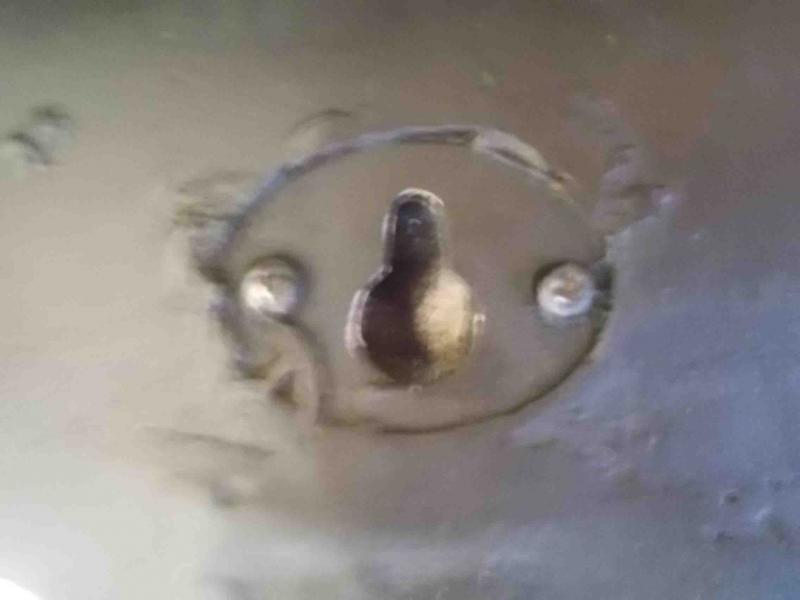Hi everyone,
I've bought an expensive shelf online from the U.S. and it's actually bulkier than I expected.
It's about 960mm long, weighs about 10kg, and the wall I'm looking to fit it to is a standard plasterboard one.
The shelf didn't come with fittings, just two holes, 760mm apart, they look like this -
I'm a DIY beginner and so could do with some advice as to what sort of fittings I would need.
Going by the holes, I'd need screws with heads of a diameter of around 11mm in order to be properly secured into the holes.
They'd also presumably have to be quite long (the wall is about 90mm thick) to hold, and/or have a very strong fitting to go with them.
Does this sound about right? And if so, can anybody recommend what to buy and from where? I have had a quick look online but couldn't find anything online for plasterboard fittings that had screws with a diameter of more than 5mm.
Thanks in advance
I've bought an expensive shelf online from the U.S. and it's actually bulkier than I expected.
It's about 960mm long, weighs about 10kg, and the wall I'm looking to fit it to is a standard plasterboard one.
The shelf didn't come with fittings, just two holes, 760mm apart, they look like this -
I'm a DIY beginner and so could do with some advice as to what sort of fittings I would need.
Going by the holes, I'd need screws with heads of a diameter of around 11mm in order to be properly secured into the holes.
They'd also presumably have to be quite long (the wall is about 90mm thick) to hold, and/or have a very strong fitting to go with them.
Does this sound about right? And if so, can anybody recommend what to buy and from where? I have had a quick look online but couldn't find anything online for plasterboard fittings that had screws with a diameter of more than 5mm.
Thanks in advance


